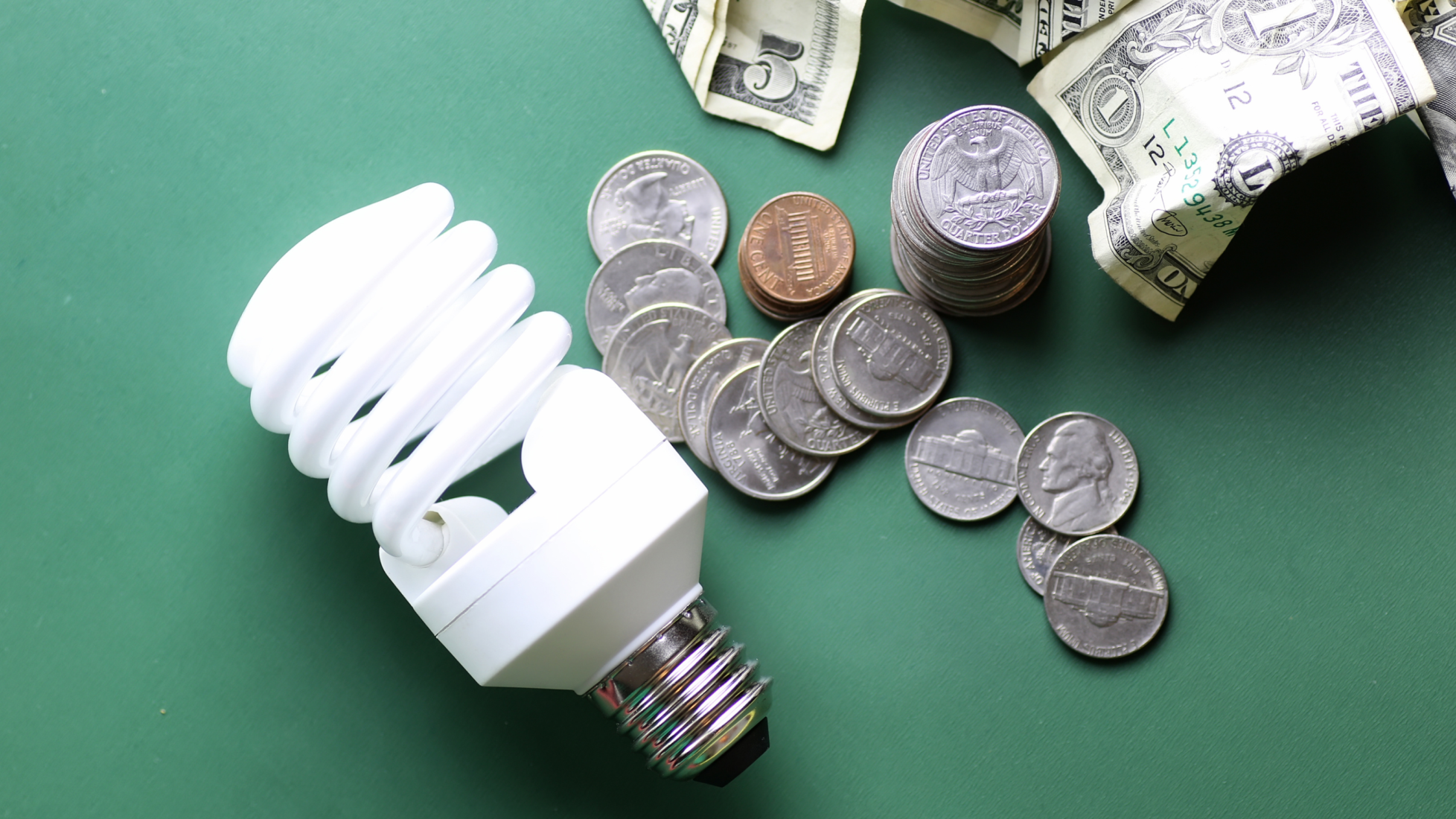In recent years, light-emitting diode (LED) light bulbs have revolutionized the way we light up our homes and businesses. these energy-efficient alternatives to traditional incandescent and fluorescent bulbs offer a multitude of advantage that make them the superior choice for modern lighting solutions. Here’s why LED light bulbs are better.
- Energy Efficiency: LEDs are exceptionally energy-efficient, using up to 80% less energy than traditional incandescent bulbs. This efficiency not only lowers electricity bills but also reduces the demand on power grids and decreases greenhouse gas emissions. In an era where environmental concerns are paramount, LED bulbs are a conscious choice for those looking to reduce their carbon footprint.
- Longevity: One of the standout features of LED bulbs is their exceptional lifespan. Traditional incandescent bulbs typically last around 1,000 hours, while compact fluorescent lamps (CFLs) might last 8,000 hours. In contrast, LED bulbs can provide illumination for up to 25,000 hours or more. This extended lifespan means fewer replacements, reducing waste and saving you money in the long run.
- Durability: LED bulbs are robust and durable, making them a superior choice for both indoor and outdoor lighting. Unlike incandescent bulbs, which are highly susceptible to breakage, LEDs are constructed with solid-state components that are far less fragile. They can withstand shocks, vibrations, and temperature fluctuations, making them ideal for various applications.
- Instant Light: When you turn on an LED bulb, it emits light instantly at full brightness, unlike CFLs that can take a few seconds to reach their maximum illumination. This instantaneous illumination is not only convenient but also safer for areas where immediate lighting is critical, such as stairwells and emergency exits.
- Directional Lighting: LEDs emit light in a specific direction, allowing for precise beam control. This directional characteristic reduces light wastage, making LED bulbs ideal for task lightning, spotlighting and accent lighting. You can focus the light where you need it enhancing energy efficiency and reducing light pollution.
- Color Options: LED technology allows for a wide range of color options and customizable lightning effects. You can choose from warm white, cool white, or a full spectrum of colors to create the desired ambiance in your living spaces. Some LED bulbs are even dimmable, giving you greater control over the intensity of light.
- Eco-Friendly: LEDs do not contain hazardous materials like mercury, which is found in CFLs. This makes them easier to recycle and dispose of responsibility. By choosing LED bulbs, you are contributing to a greener environment, as well as reducing the environmental impact of lighting production disposal.
- Reduced Heat Emission: LED bulbs produce very little heat compared to incandescent bulbs, which can get extremely hot. This reduced heat emission makes LEDs safer to touch and decreases the risk of fire hazards, making them an excellent choice for enclosed fixtures and spaces with temperature-sensitive materials.
In conclusion, LED light bulbs have emerged as the better lighting solution due to their outstanding energy efficiency, longevity, durability, and numerous other advantages. As we continue to prioritize energy conservation and environmental responsibility, LED technology paves the way for a brighter, greener, and more sustainable future in the world of lighting. Whether you’re looking to save on your energy bills, reduce your environmental footprint, or simply enjoy better lighting quality, LEDs are the clear choice.






